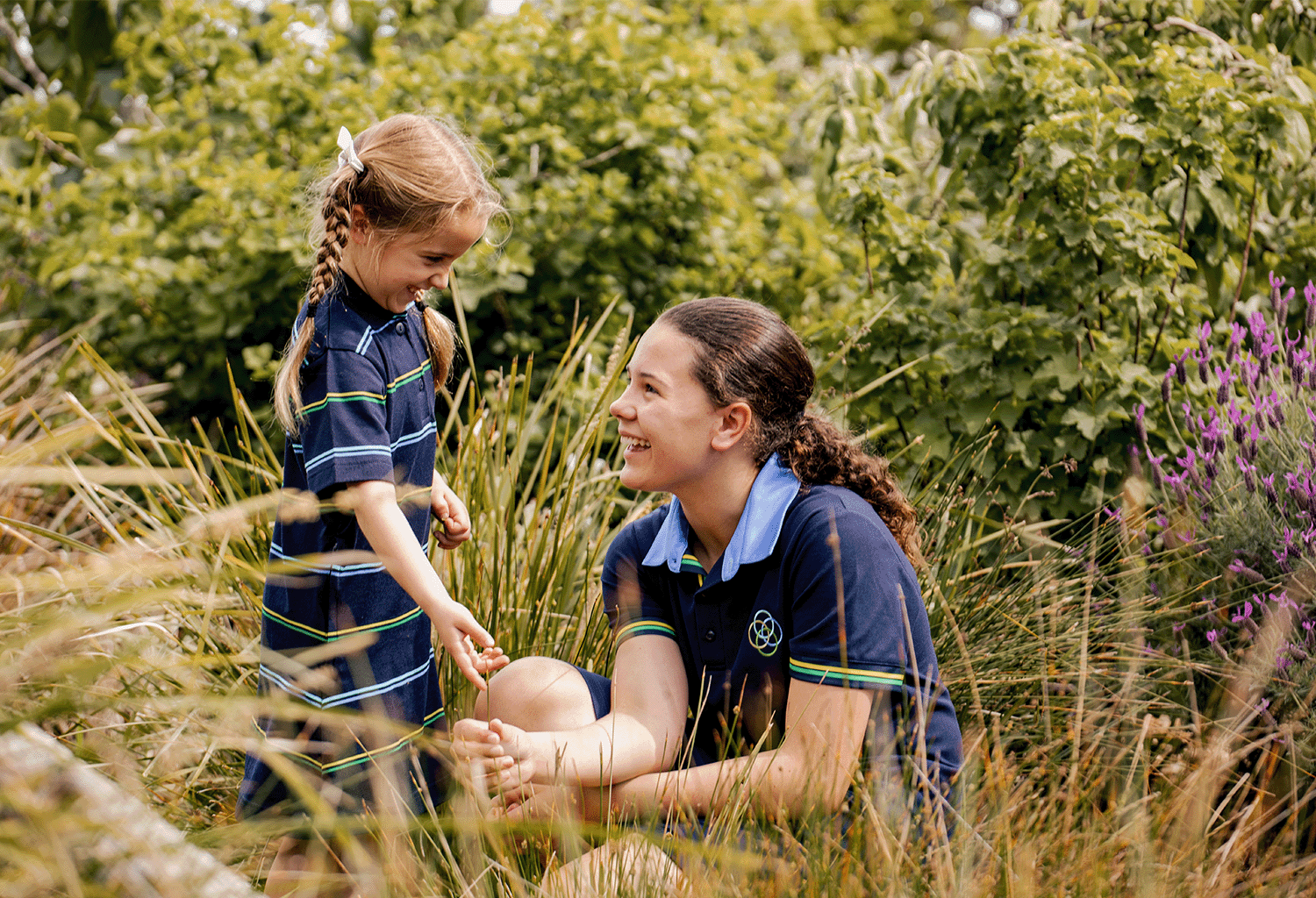After the funding debate, it's time to focus on students

4 min read
With good will, and maybe a little luck, the passage by parliament of the Australian Government’s education bill will put an end – for the time being at least – to what’s become known as the school funding wars.
These wars have been going on for decades, fought on multiple and shifting fronts. Once it was a fight over the principle of whether students at non-government schools should receive any government funding. This battle was settled more than half a century ago.
Apart from resistance by a few ideological die-hards, it’s now recognised that all students are entitled to a degree of government support, regardless of school. It’s also recognised by the major political parties that our school education system is based on three pillars – Independent, government and Catholic schools.
If the dust has long settled on that front, battles and skirmishes have regularly erupted in other funding areas, related to the how much money is spent, and where and how it’s allocated.
These issues were central to the debate that surrounded the government’s ultimately successful attempt to pass its Australian Education Amendment Bill 2017, popularly known as Gonski 2.0.
Despite the political heat this debate generated – and the divisive nature of some of the commentary that came with it – this is a good result for Independent schools and for Australian education more broadly.
It offers all schools the certainty they require, based on a model that creates conditions for a sector-blind funding system that aims to meet the needs of individual students, regardless of the school they attend.
It’s not perfect but, despite some of the blatant self-interest on display during the debate, we have ended up with reasonable, practical policy that’s possibly the best that could have been achieved in the circumstances.
Key elements include:
- The Australian Government is committed to spending about $23.5 billion on school education, up from $18.6 billion originally committed in the May budget.
- Commonwealth funding for non-government schools will rise from an average of 77 per cent to 80 per cent of their notional entitlement under the Commonwealth funding model.
- Independent schools serving educationally disadvantaged students will receive additional funding, along with low-fee Independent schools serving low-SES communities.
- Funding for students with disability will be based on the Nationally Consistent Collection of Data on School Students with Disability.
- Funding for Independent schools that currently receive less than 80 per cent of their notional entitlement from the Commonwealth will increase over 6 years and funding for those currently receiving more than 80 per cent will transition over 10 years.
- The indexation rate for school funding will remain at 3.56 per cent a year until 2020, when a floating indexation rate will be introduced, based on wage price index and CPI, with a guaranteed minimum of three per cent.
- An independent National School Resourcing Board will be created to monitor how state and other school authorities distribute funds and to consider any future changes to the funding model, including how parental capacity to pay is calculated and how nationally consistent data is obtained on students with disability.
This final point raises the prospect of renewed debate over possible changes to the funding model. Independent schools will be represented on the school resourcing board, and Independent Schools Victoria (ISV) and its national and interstate counterparts will ensure the interests of all students are taken into account. ISV has consistently maintained that any reviews of current funding arrangements must be transparent and evidence-based, and should not be based on predetermined and prejudiced assumptions about the level of funding that individual schools or sectors ‘deserve’ to receive.
Our voice will also be heard in the review to be headed by David Gonski into how funding is used to improve student achievement.
This is crucial because it goes to the real issue and the main aim of school education – student performance and the results they achieve. Improving student achievement – both as individual learners and as members of Australian society – raises issues like recognising and building on the talents of our teachers and ensuring they have the skills they need; it relates to classroom practices and the curriculum and how its taught; it’s about school leadership and fostering diversity that enables innovation.
Improving outcomes for all students is not just about money. It’s more complex. Hopefully it doesn’t lend itself to polarised and politicised debates.
Michelle Green was Chief Executive of Independent Schools Victoria from 2002–2023.



